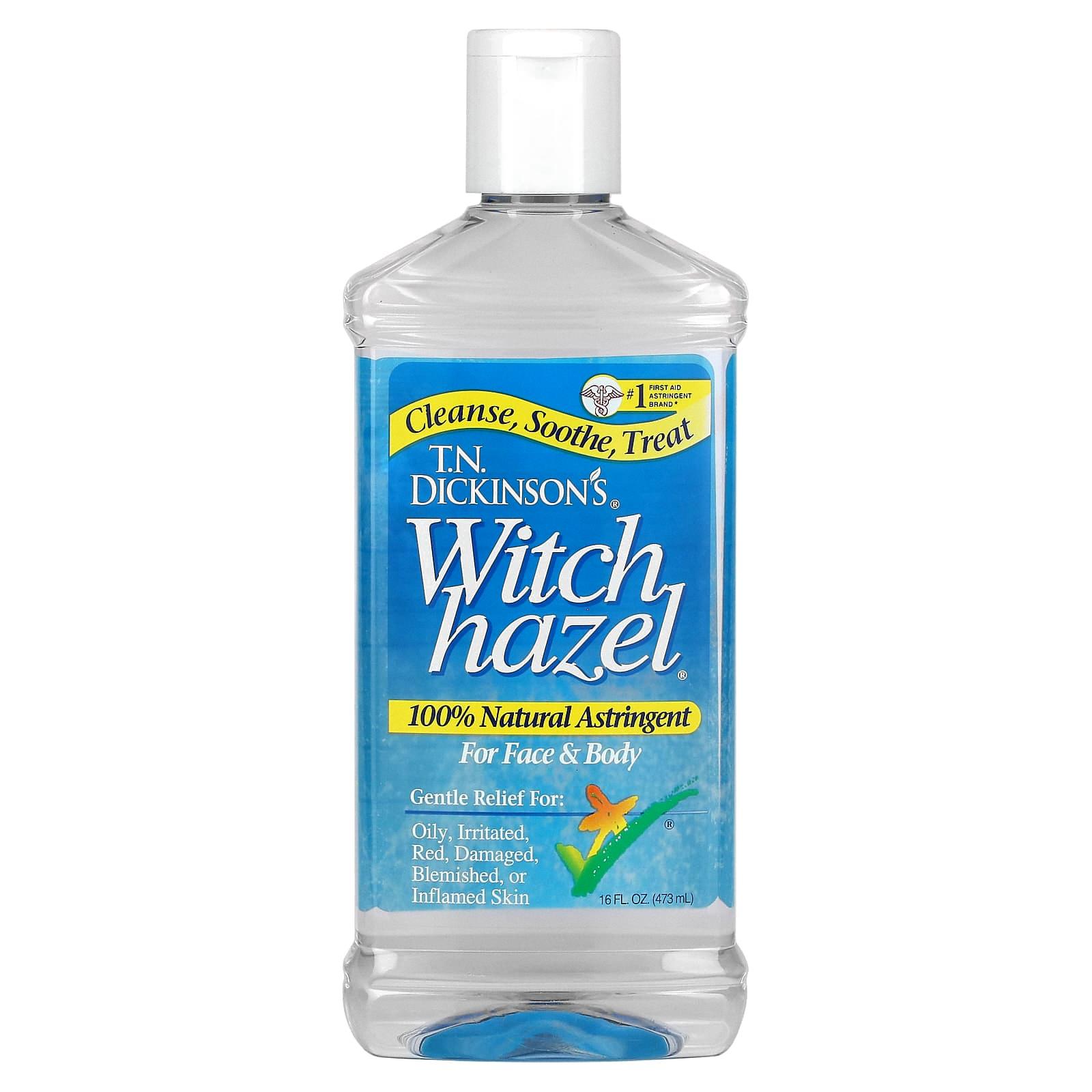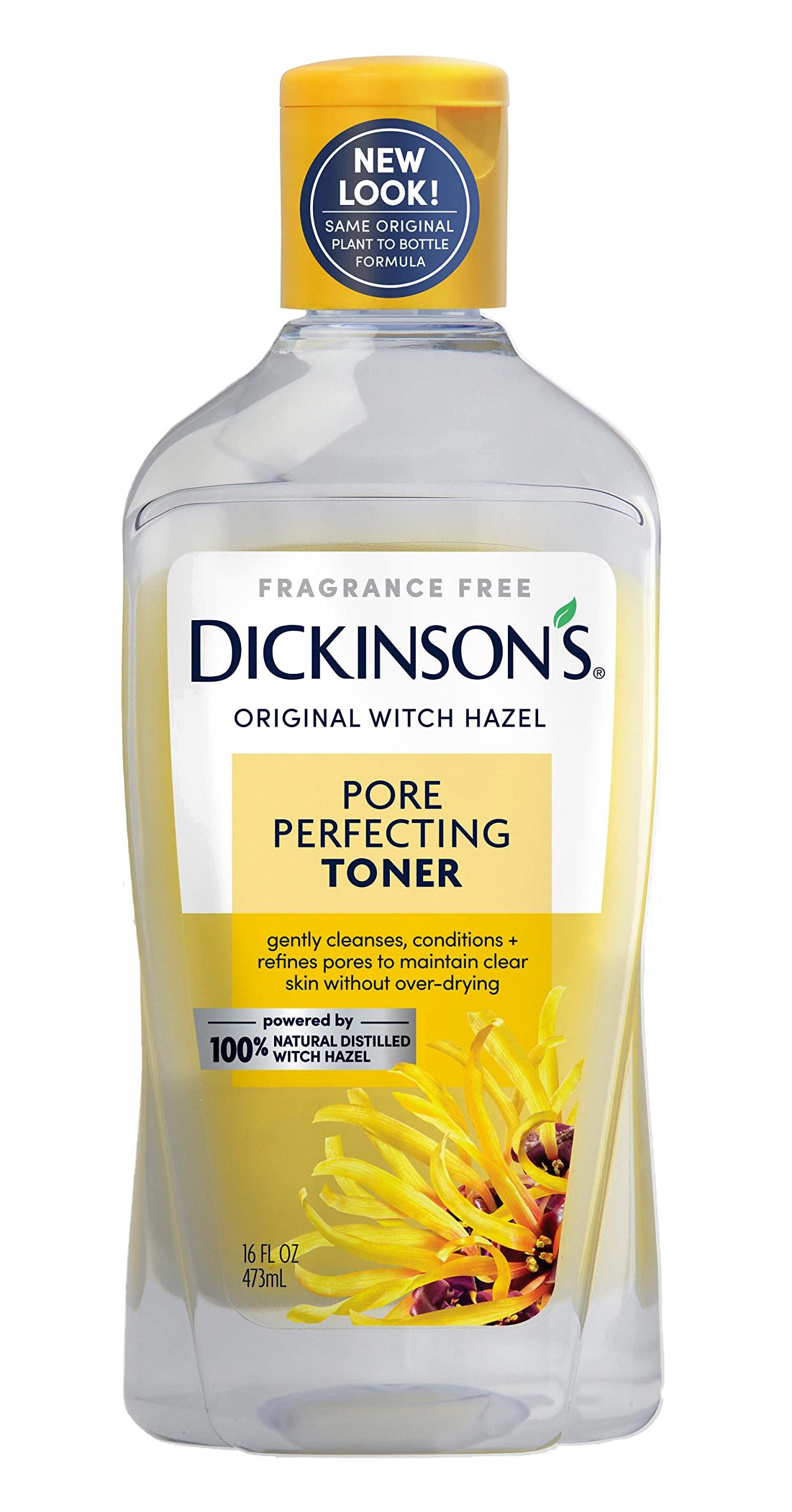Witch hazel is a popular natural remedy used for its astringent and anti-inflammatory properties. But does witch hazel expire? This question often arises among users who want to ensure they are using safe and effective products. Understanding the shelf life of witch hazel is crucial, especially since it is commonly used for skin care and other health-related purposes. Knowing whether your witch hazel has expired can help you avoid potential skin irritation or reduced effectiveness. In this article, we will explore everything you need to know about witch hazel's expiration, including how to identify signs of spoilage and tips for proper storage.
Many people rely on witch hazel as part of their daily skincare routines, but they may not be aware of its shelf life or how to store it properly. Witch hazel, derived from the leaves and bark of the Hamamelis virginiana plant, is widely used to treat acne, reduce inflammation, and soothe irritated skin. However, like any other natural product, it has a limited shelf life. Failing to use witch hazel within its recommended timeframe can lead to diminished benefits or even adverse effects.
In this comprehensive guide, we will answer the question "does witch hazel expire?" and provide detailed information on how long witch hazel lasts, signs that indicate it has gone bad, and tips to maximize its shelf life. By the end of this article, you will have all the knowledge you need to ensure you are using witch hazel safely and effectively.
Read also:Is Wallace Chung Married Everything You Need To Know About His Personal Life
Table of Contents
What is Witch Hazel?
Witch hazel is a natural extract derived from the leaves and bark of the Hamamelis virginiana plant, which is native to North America. It has been used for centuries as a traditional remedy for various skin conditions and health issues. The extract contains tannins, which are natural compounds with astringent properties, making witch hazel effective for reducing inflammation, tightening pores, and soothing irritated skin.
Common Uses of Witch Hazel
- Acne Treatment: Witch hazel is widely used to treat acne due to its ability to reduce oil production and kill bacteria on the skin.
- Skin Soothing: It is effective in calming irritated skin, reducing redness, and relieving itching caused by conditions like eczema or insect bites.
- Anti-Inflammatory Properties: Witch hazel can help reduce swelling and inflammation, making it useful for treating bruises, sunburns, and minor cuts.
- Toners and Cleansers: Many skincare products incorporate witch hazel as a key ingredient due to its ability to cleanse and tone the skin.
Does Witch Hazel Expire?
Yes, witch hazel does expire. While it has a relatively long shelf life compared to some other natural products, it is not indefinite. The expiration date of witch hazel depends on several factors, including its formulation, storage conditions, and whether it contains additional ingredients like alcohol or essential oils.
Why Does Witch Hazel Expire?
Witch hazel expires because its active compounds, such as tannins, can degrade over time. Exposure to light, heat, and air can accelerate this process, leading to a loss of effectiveness. Additionally, if witch hazel contains other ingredients like alcohol or preservatives, their potency may also diminish over time.
Shelf Life of Witch Hazel
The shelf life of witch hazel varies depending on its formulation and storage conditions. Here are some general guidelines:
- Pure Witch Hazel Extract: Typically lasts 1-2 years when stored properly.
- Witch Hazel with Alcohol: May last up to 3 years due to the preservative properties of alcohol.
- Witch Hazel with Added Ingredients: Products with additional ingredients like essential oils or fragrances may have a shorter shelf life, usually around 1 year.
How to Check the Expiration Date
Always check the packaging or label of your witch hazel product for an expiration date. If there is no printed date, consider marking the purchase date on the bottle to keep track of its age.
Signs of Expired Witch Hazel
Identifying expired witch hazel is essential to ensure its safety and effectiveness. Here are some common signs that your witch hazel may have gone bad:
Read also:Helen Randag A Comprehensive Guide To Her Life Achievements And Influence
- Change in Color: Fresh witch hazel is usually clear or light brown. If it turns dark brown or cloudy, it may be expired.
- Unpleasant Smell: A sour or rancid odor indicates spoilage.
- Change in Texture: If the liquid becomes thicker or develops a slimy consistency, it is no longer safe to use.
- Reduced Effectiveness: If you notice that witch hazel is no longer providing the expected benefits, it may have lost its potency.
How to Store Witch Hazel Properly
Proper storage is key to extending the shelf life of witch hazel. Follow these tips to ensure your witch hazel stays fresh and effective:
- Store in a Cool, Dark Place: Avoid exposing witch hazel to direct sunlight or heat, as this can degrade its active compounds.
- Keep the Lid Tightly Closed: Prevent air from entering the bottle to avoid oxidation.
- Avoid Contamination: Use a clean applicator or cotton pad to prevent introducing bacteria into the bottle.
Recommended Storage Temperature
Store witch hazel at room temperature (around 68-77°F or 20-25°C) for optimal results. Avoid storing it in humid areas like bathrooms, as moisture can affect its quality.
Factors Affecting Witch Hazel's Shelf Life
Several factors can influence how long witch hazel remains effective:
- Formulation: Pure witch hazel tends to last longer than products with added ingredients.
- Storage Conditions: Exposure to light, heat, and air can shorten its shelf life.
- Preservatives: Products with alcohol or other preservatives may have a longer shelf life.
Impact of Added Ingredients
Witch hazel products with additional ingredients like essential oils or fragrances may spoil faster due to the susceptibility of these components to oxidation or degradation.
How to Test Witch Hazel for Spoilage
If you are unsure whether your witch hazel has expired, you can perform a simple test:
- Visual Inspection: Check for changes in color or clarity.
- Smell Test: Open the bottle and sniff for any unusual or unpleasant odors.
- Texture Check: Pour a small amount onto your hand and feel for any changes in consistency.
If any of these tests indicate spoilage, it is best to discard the product.
Alternatives to Expired Witch Hazel
If your witch hazel has expired, there are several alternatives you can use for similar benefits:
- Aloe Vera Gel: Provides soothing and anti-inflammatory properties.
- Tea Tree Oil: An effective natural remedy for acne and skin irritation.
- Rosewater: Acts as a gentle toner and hydrator for the skin.
Choosing the Right Alternative
When selecting an alternative, consider your skin type and the specific benefits you are looking for. For example, aloe vera is ideal for sensitive skin, while tea tree oil is better suited for oily or acne-prone skin.
Frequently Asked Questions
Can Expired Witch Hazel Harm Your Skin?
Yes, using expired witch hazel can cause skin irritation, redness, or allergic reactions due to the degradation of its active compounds.
Is It Safe to Use Witch Hazel Past Its Expiration Date?
While it may not always be harmful, using witch hazel past its expiration date is not recommended, as its effectiveness and safety cannot be guaranteed.
Can You Extend the Shelf Life of Witch Hazel?
Yes, proper storage in a cool, dark place and avoiding contamination can help extend its shelf life.
Conclusion
Understanding whether witch hazel expires and how to identify spoilage is essential for maintaining its effectiveness and ensuring safe use. Witch hazel typically lasts 1-3 years, depending on its formulation and storage conditions. Always check for signs of spoilage, such as changes in color, smell, or texture, and store it properly to maximize its shelf life.
If your witch hazel has expired, consider using alternatives like aloe vera gel or tea tree oil to achieve similar benefits. By following the tips and guidelines outlined in this article, you can ensure that you are using witch hazel safely and effectively.
We hope this article has provided you with valuable insights into the shelf life and proper use of witch hazel. If you found this information helpful, please share it with others and leave a comment below with your thoughts or questions. For more articles on skincare and natural remedies, explore our website today!

